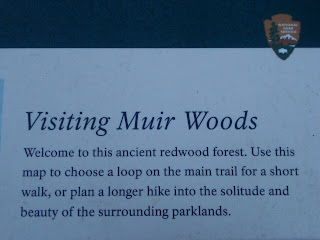Moving, Courageous, Historical, Informative, Inspirational
Helen Keller by Margaret Davidson
Illustrated by Wendy Watson
Illustrated by Wendy Watson
Published by Scholastic Copyright 1969
Reading Level: Lexile Framework 520L, Grade 3/4
Suggested Delivery: Read Aloud
Description: Non-fiction, Historical
Electronic Resources:
Scholastic
This is link to Scholastic provides a summary of the text and links to additional teaching resources.
This is link to Scholastic provides a summary of the text and links to additional teaching resources.
Key Vocabulary: Blind, deaf
Teaching Suggestions:
Teaching Suggestions:
- Use the text to explore biographies.
- Use the text to in social studies to learn about Helen Keller and her early life struggles and her accomplishments in her later life.
- Use the text to teach students about diversity. Discuss how, despite being deaf and blind, Helen Keller was able to participate fully in society, attend college, and she even became a famous speaker all over the world.
Comprehension Strategies
Pre-Reading-
During Reading-
Writing Activity: Students
can use the text to learn about the format of biographies. Students can then research their own historical figure and write a biography. As an extension of this writing and research project, students can create props and costumes for a biography night, in which they pretend to be the person they researched. In character, they present some information that they learned about their person.
Davidson, M., & Watson, W. (1969). Helen Keller. New York: Scholastic.




















